Asia-Pacific labor markets are facing "deep-seated challenges "that are compounded by the region's rapidly aging population, according to the International Labour Organization's latest report.
Despite the fact that the unemployment rate in the region remains below pre-pandemic levels, the employment-to-population ratio is on a long-term decline, according to the Asia-Pacific Employment and Social Outlook 2024 released on Tuesday in Bangkok.
The report shows the region's employment-to-population ratio is projected to fall from 58.2 percent in 2023 to 57.4 percent in 2026. The region's labor force participation is also expected to drop by 0.8 percent during the period.
The increase in the ratio of persons aged 65 years and above as a share of a total population, as well as the declining youth participation rate are the main causes of the long-term downward trend in aggregate labor participation rates, it said.
"Asia-Pacific is now the fastest aging region in the world, which is alarming. We need to foster future productivity growth, training and retraining of workers to avert labor shortage," said Ken Chamuva Shawa, senior economist at ILO Regional Office for Asia and the Pacific.
The ratio of persons aged 65 years and above to the group aged between 15 and 64 years will double from 0.15 in 2023 to 0.31 in 2050, says the report.
A total of 19 countries in the region are expected to experience old-age dependency ratios — the ratio of people younger than 15 or older than 64 to the working-age population — above 0.29 by 2050, which is equal to that seen in high-income countries in the rest of the world in 2023.
The highest old-age dependency ratios are mostly likely to be seen in Japan and South Korea, with the largest increases expected in South Korea, Singapore and Thailand.
"The Asia-Pacific region may be aging rapidly but it is not going to run out of workers. There is however an urgent need to ensure that those looking for decent work can access the training and opportunities they need so that evolving labor market demands can be met," said Chihoko Asada-Miyakawa, ILO assistant director-general and regional director for Asia and the Pacific.
Gender gap
The report also revealed that young women in the Asia-Pacific region are particularly affected by not being in employment, education or training. This includes more than 100 million women aged between 15 and 24 years.
The importance of female employment has not yet been fully acknowledged in many places, said Srinivas Tata, director of the Social Development Division under the United Nations Economic and Social Commission for Asia and the Pacific. "In the region, there are still many women who cannot have access to the labor market," he said.
He said a previous study had indicated that a 1 percent increase in female employment can contribute to an annual GDP growth of 0.16 percent. "So we are calling for more investment on policies that can redistribute and reduce inequality in the labor market," he added.
The report called for significant policy reforms and better implementation of existing standards to reduce inequalities, improve job prospects for older workers and ensure equitable pensions to address the demographic changes.









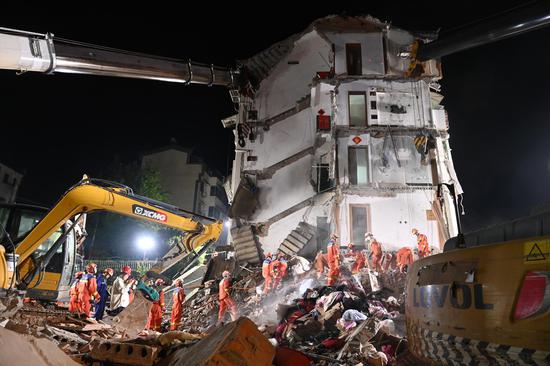
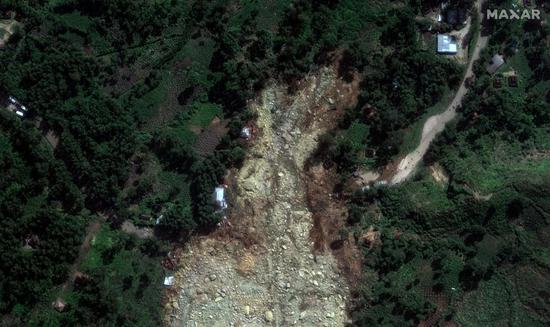













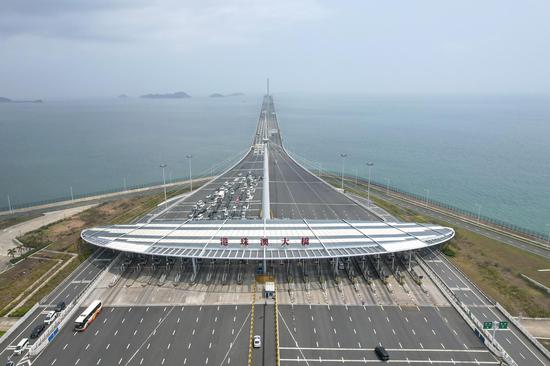





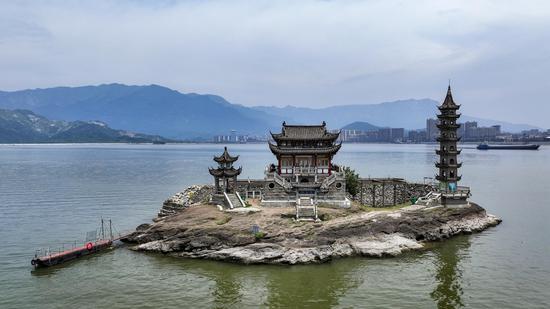



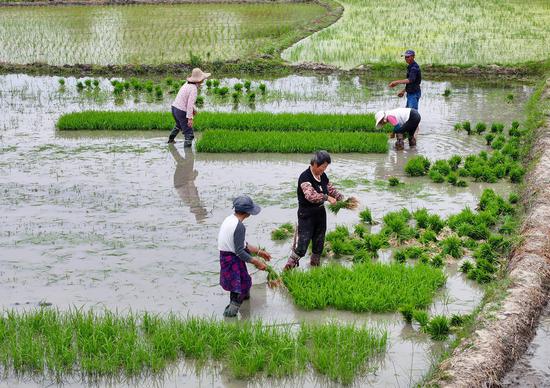
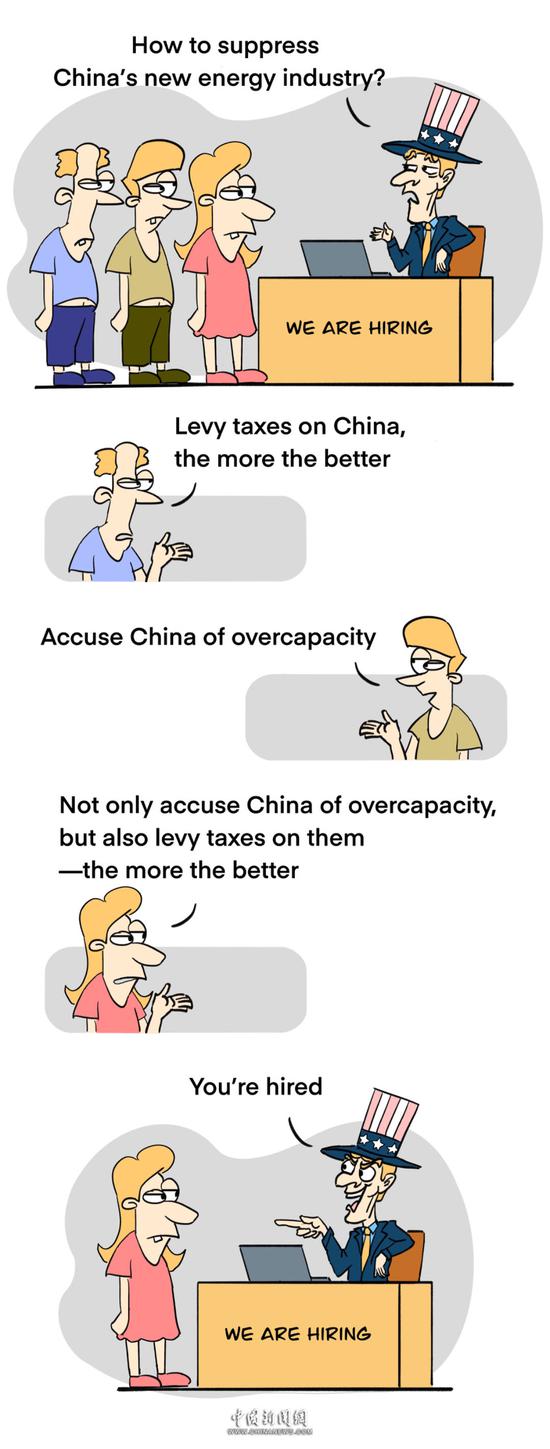




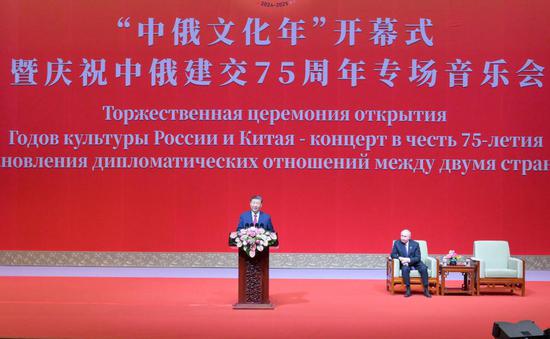
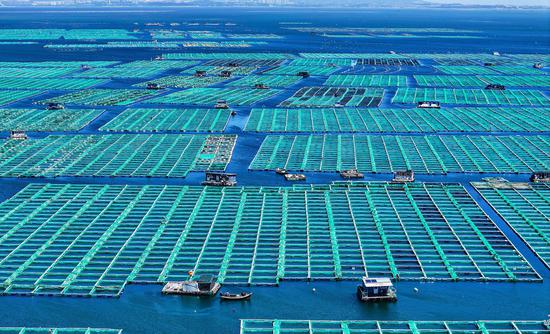








 京公网安备 11010202009201号
京公网安备 11010202009201号